SOLARI CORPSOLARI DI UDINE SPASOLARI LINEADESIGN
TWA Terminal, JFK Airport
From an architecture icon
to a boutique hotel
If you have landed at JFK Airport in New York City, you’ve probably seen the Trans World Airlines (TWA) Terminal. Built in 1962, the shapely building was designed by Eero Saarinen to usher in the Jet Age. Designated a New York City landmark in 1994 and placed on the National Register of Historic Places in 2005, it has been unused for the last 14 years because it couldn’t fit modern aircraft.
.jpg)
However, the terminal was going to be given a new life—as a boutique hotel. Due to its historic status, the building’s exterior will remain untouched, but the interior will be given a full makeover.
When renovated, the new 40,000 sqf. facility will have 505 guest rooms, a 10,000 sqf. observation deck, six restaurants, multiple bars (which the original terminal also housed), a fitness center, and conference space.

The building, with its distinctive design, has had its share of memorable pop culture moments. It was featured in Leonardo DiCaprio’s Catch Me If You Can. It also was where the Beatles entered the US for the first time, in 1964.
One of the main features of the terminal is the split-flap display Solari designed by architect Gino Valle and enclosed into the unmistakable oval shell designed by Eero Saarinen, completely covered with white tiles made by the famous italian mosaic school of Spilimbergo.
.png)
In the same year, in 1962, the remote alpha numeric indicator for airports and railway stations of Solari won the Golden Compass, the second after that of 1956 for the design of electro-mechanical clock digits snap, Cifra5
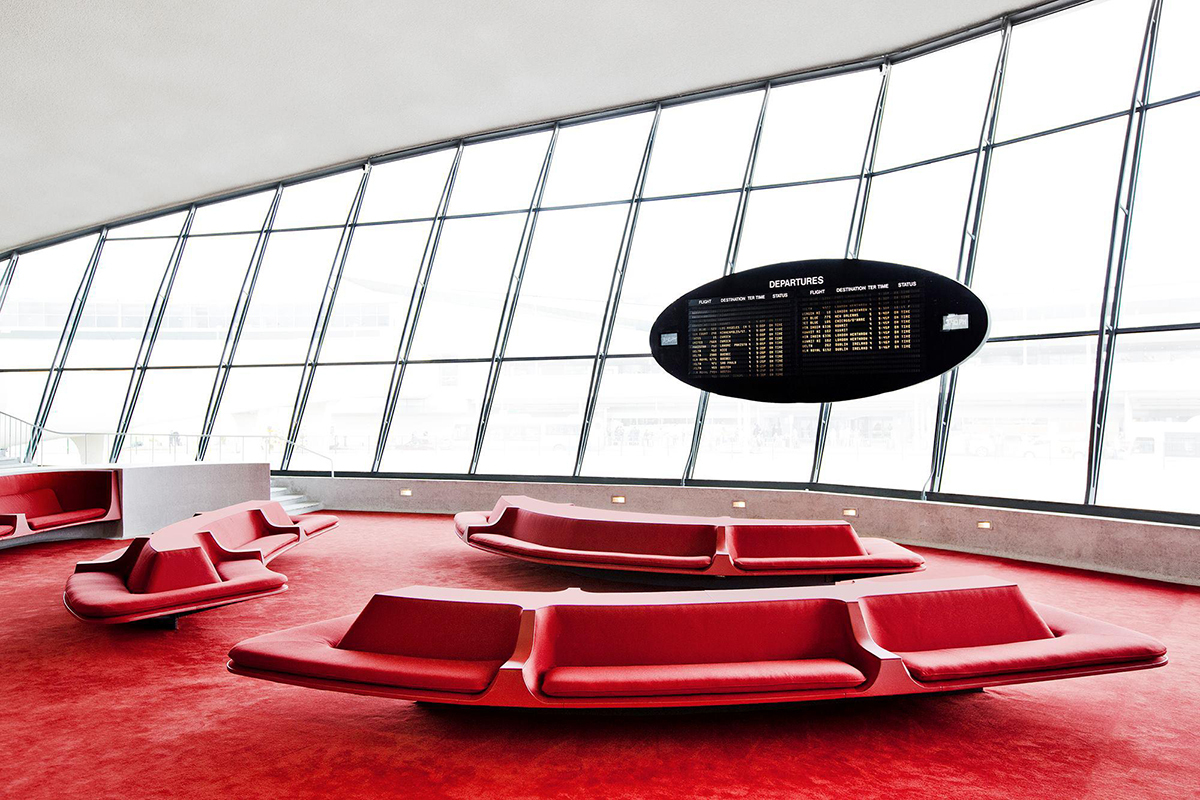
Terminal Detail
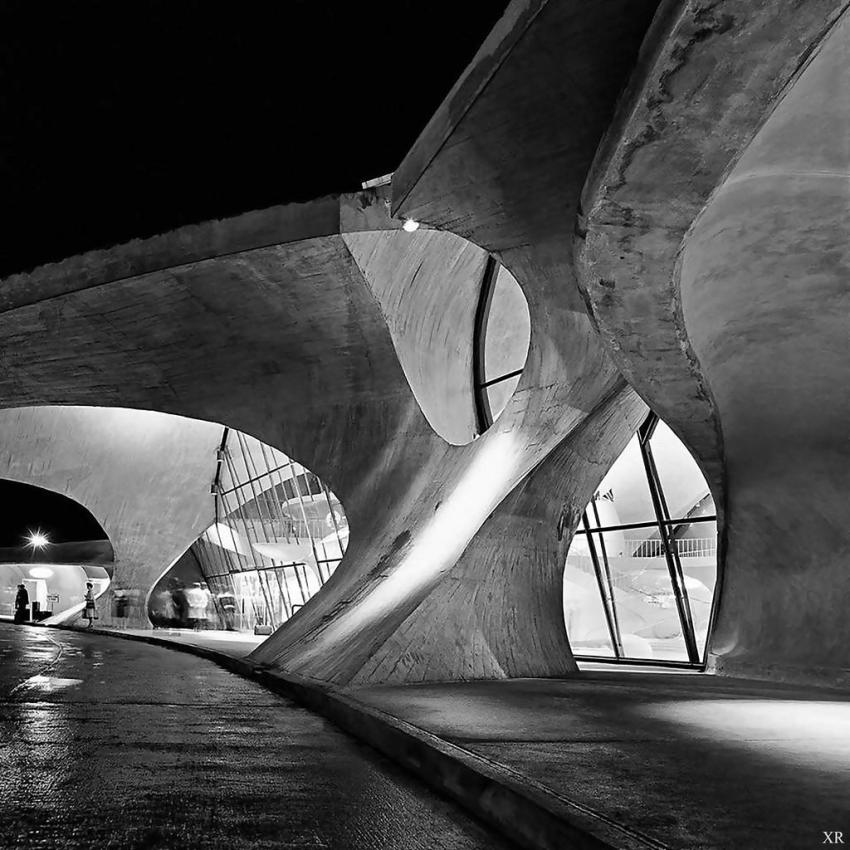
Split-flap Display Solari designed by architect Gino Valle
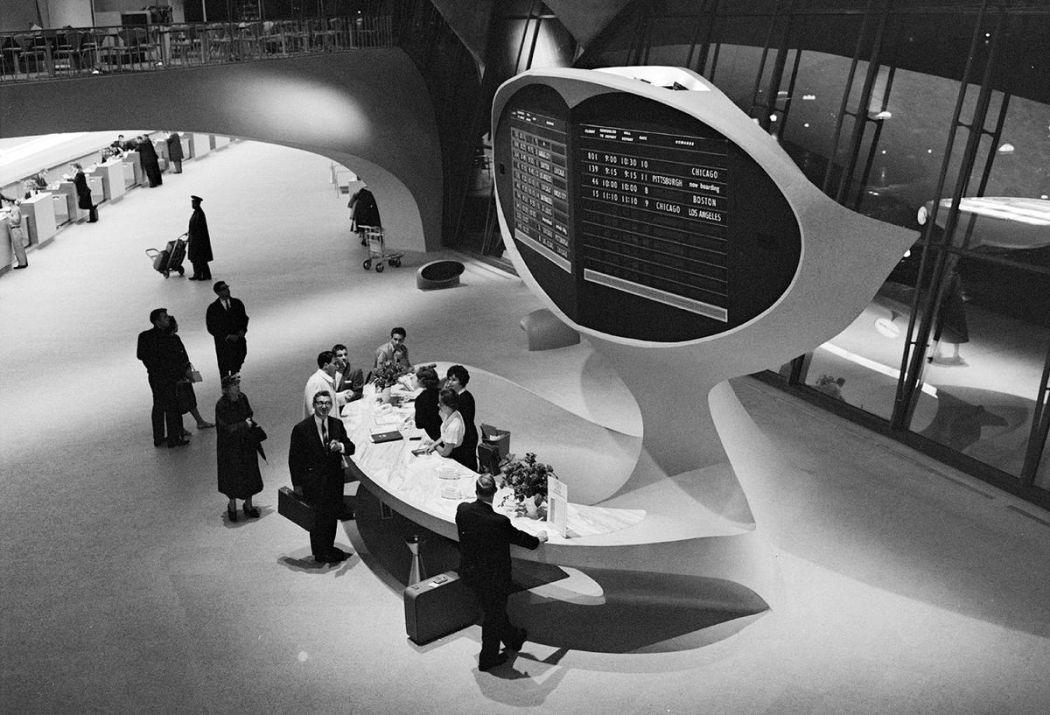
Waiting Lounge with Solari Split-Flap Display

1962 Advertising

2016 Advertising
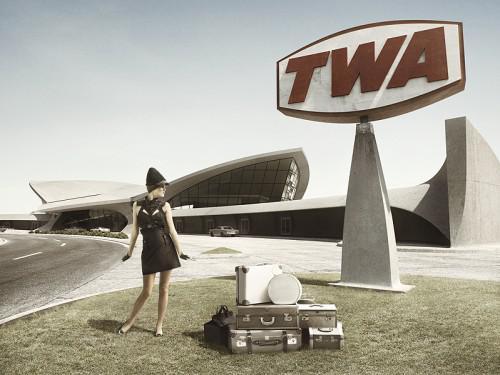


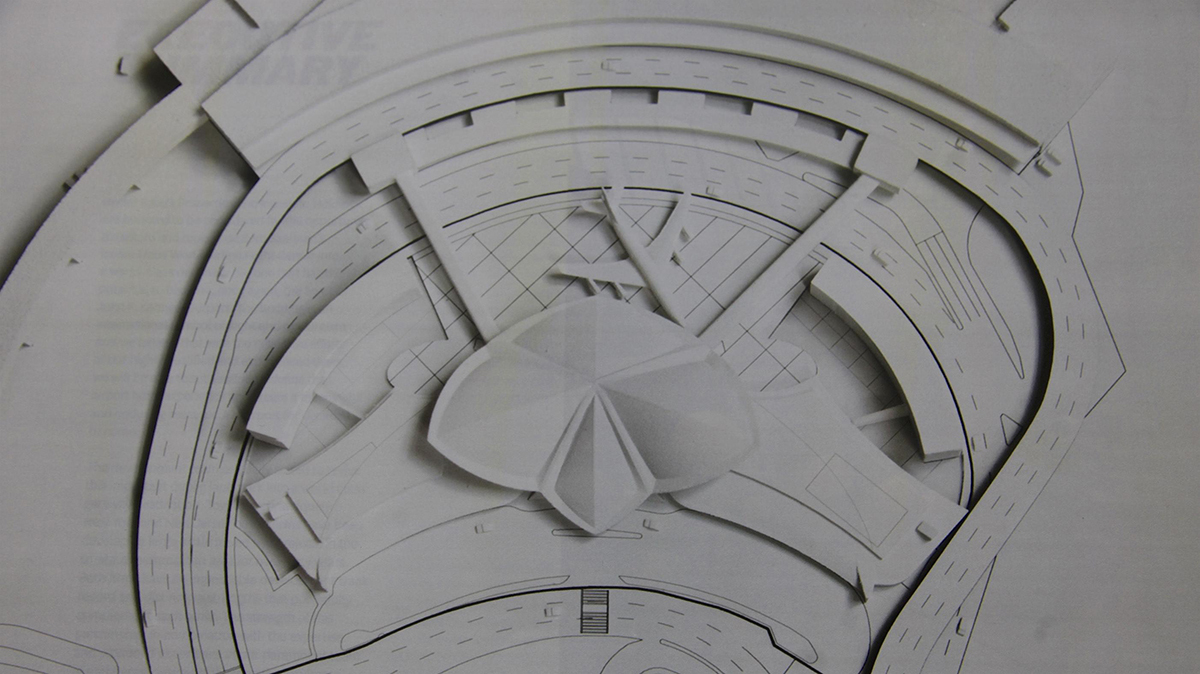
 21 JUNE 2016
21 JUNE 2016








 Request info on this post
Request info on this post